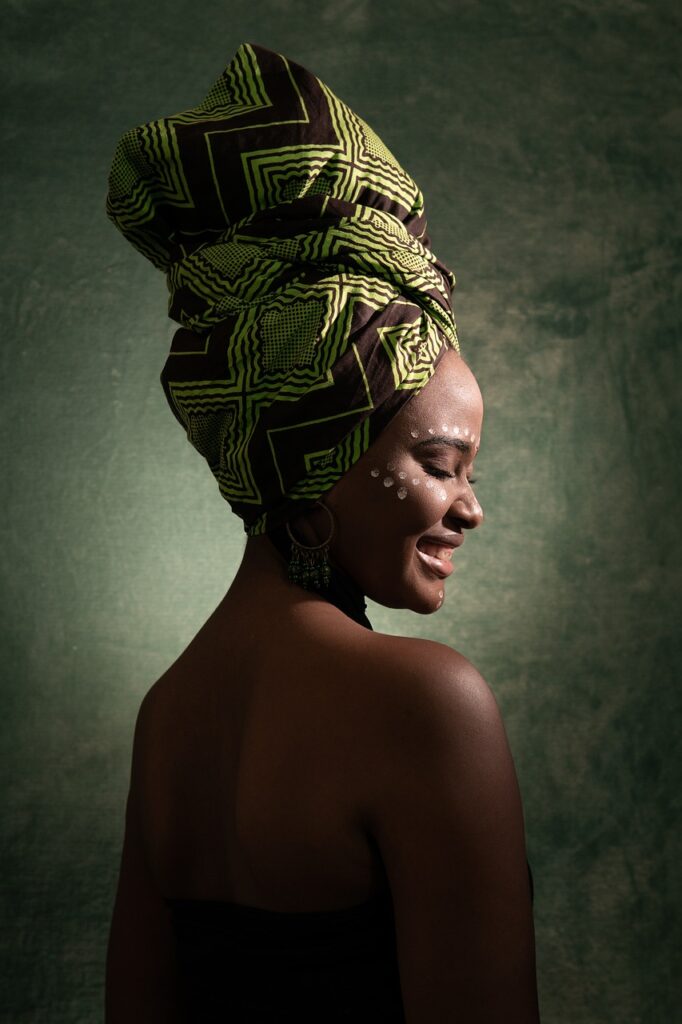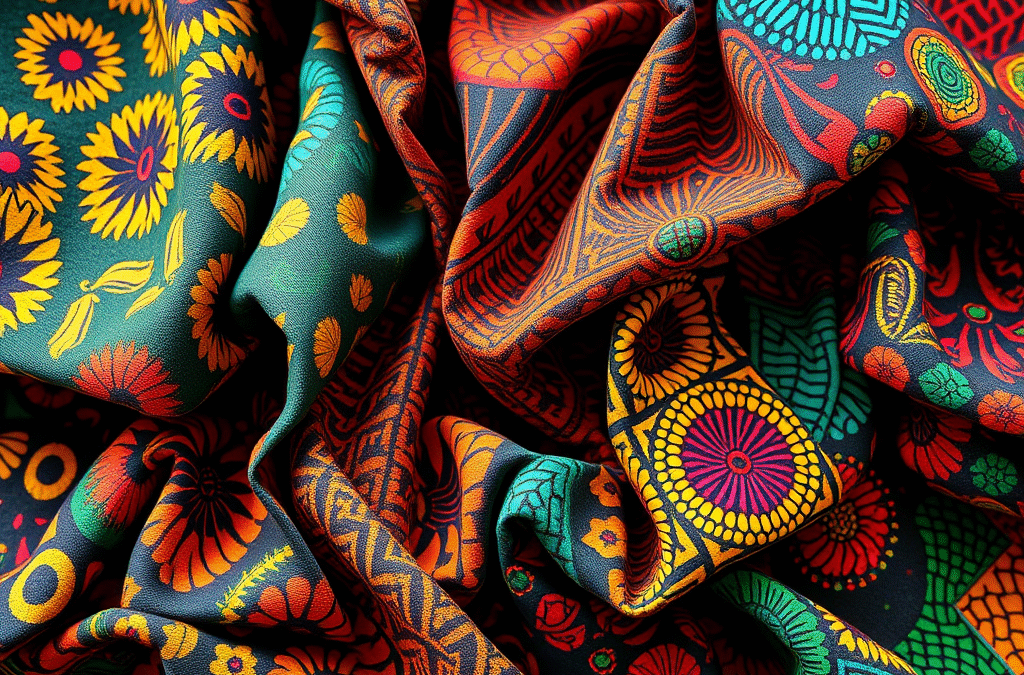Introduction to African Textiles
African textiles hold a rich and diverse history, reflecting the continent’s cultural heritage, social values, and artistic expression. These fabrics are not merely materials for clothing but are deeply symbolic, representing identity, status, and community.
Historical Background
The history of African textiles dates back thousands of years. Early African societies developed unique weaving, dyeing, and printing techniques that have been passed down through generations. Textiles were often made from locally sourced fibres such as cotton, silk, and raffia. Trade routes across Africa and beyond facilitated the exchange of materials and designs, enriching the textile traditions.

Traditional Styles and Techniques
African textiles are renowned for their vibrant colours, intricate patterns, and symbolic motifs. Some of the most well-known textile styles include:
- Kente Cloth (Ghana): Originating from the Ashanti people, Kente is characterised by its bright, multicoloured patterns woven in silk and cotton. Each pattern has a specific meaning related to proverbs, historical events, or moral values.
- Bogolanfini or Mud Cloth (Mali): This hand-dyed fabric uses fermented mud to create striking geometric patterns on cotton. It is traditionally worn during important ceremonies and has spiritual significance.
- Adire (Nigeria): A resist-dyed textile made by the Yoruba people, Adire features indigo-dyed patterns created through various techniques such as tying, stitching, or applying starch paste.
- Shweshwe (Southern Africa): Known for its intricate geometric prints, Shweshwe fabric is a dyed cotton textile widely used in traditional and contemporary clothing.
Design Elements and Symbolism
African textile designs often incorporate symbols that tell stories, convey messages, or signify social status. Common motifs include animals, plants, and abstract shapes, each with unique meanings tied to cultural beliefs. The colours used are also significant; for example, red can symbolise sacrifice or vitality, while black may represent maturity or spiritual energy.
Contemporary Influences and Fashion
Today, African textiles continue to inspire global fashion, blending traditional methods with modern styles. Designers incorporate these fabrics into contemporary clothing, accessories, and home décor, celebrating African heritage while appealing to a broad audience. The resurgence of interest in sustainable and handcrafted textiles has further elevated the status of African fabrics in the fashion industry.
Conclusion
African textiles are a vibrant testament to the continent’s artistic ingenuity and cultural richness. From ancient weaving traditions to modern fashion statements, these fabrics remain a powerful medium for storytelling, identity, and creative expression. Understanding their history, styles, and designs offers valuable insight into Africa’s diverse cultural landscape.

